Binding Strategies for Fencing Wires
Proper tying of fencing wire is a must for any fencing project. As this technique will determine the security, longevity, and maintenance of the fence, it’s important to select the right tying approach depending on the size and type of fencing you’re putting up. There are various fence wire tying strategies to choose from.
For those in the know, the simple loop knot is the most regularly used approach when it comes to reliably and effectively affixing two wires together. To employ this knot effectively, the first step is to interweave the two wires in an “over-under” fashion. Next, take the wire at the top and encircle it around its lower counterpart, paying close attention to ensure that both ends of the wires are aligned. Last, take that same top wire and pass it through the loop created before pulling firmly to complete the knot.
To make a dependable bond between two wires, the Twist and Knot method is widely recommended. Begin by intertwining the two wires tightly. Take the cut ends and cross them over one another, forming a loop. Finally, carefully thread the ends through this loop and pull until suitably secured.
For an extra secure connection between two wires, the double loop knot is an excellent fencing wire tying method. Start off by intertwining the two wires in an “over-under” formation. Subsequently, take the higher wire, forming it around the lower one twice. Ensure that both cable ends are straightened out for a snug fit. Lastly, insert the upper wire through the newly fashioned loops, tightly fastening them together.
By combining two wires with an “over-under” twist, you can create a strong but elastic figure-eight knot. First, arrange the two ends so they are equal in length. Then, grasp the upper wire and loop it around the lower one. Last, thread the top wire through the newly-formed loop and gently tug until both wires are tightly connected.
To complete a strong bond between two wires, the lark’s head knot is an ideal fastening technique. Begin by weaving the two wires together using an over-under pattern. Take the upper wire and hook it around the lower one, so that when it’s taut both ends of the wires are even. Finally, thread the top wire through the loop you have made and pull until it’s firmly tied.
Whether a small barrier or a long and intricate fence, you can ensure its sturdiness and longevity with the right wire-tying technique. Various strategies are available, and selecting the most suitable method for your fencing project will make it easy to keep up with the necessary maintenance and care – a secure fence that can stand the test of time.
Constructing a strong fence requires assistance from fencing wire tying, an essential component. By ensuring that the tying technique is applied correctly to the posts, we can create a reliable barrier that will resist the perils of bad weather.
When creating a fence with wire, there are three main tying techniques to consider: the single twist, double twist, and figure-eight knot. Every approach has its own positives and drawbacks, so it is important to select the right one and install it correctly to ensure a dependable and well-functioning fence.
Fastening the fencing wire with a single twist knot couldn’t be easier. First, wrap the wire around a post several times, but don’t be too tight; leave enough leeway to form the knot. Next, grab the opposite end of the wire and wrap it in the opposite direction. Finally, twist the two ends together, and you’ll have created a perfectly secure connection. That’s all there is to it!
To create an additional secure knot for binding, the double twist method expands on the single twist. Start by wrapping the wire several times around one of the posts, just as with the single twist. Then, shift directions and wrap the ends around the post in a inverse path, forming an “X” shape. To finish, unite the two ends together into a twisted knot.
Securing fencing wire with the figure-eight knot delivers the greatest possible hold. To create this knot, position your wire around one of the posts, winding it several times, keeping some slack for later steps. Grab the loose end and pass it in the opposite direction around the post. Interlock the two wire ends together to complete the knot.
After the wire has been securely bound to the posts, it is important to test its firmness. Give the knot a yank to ensure it is snug and that no lenience rests in the wire. This will guarantee the fence is firmly calmed and won’t succumb to loosing eventually.
Mastering the skill of tying fencing wire is vital for creating a stable enclosure. Understanding which knot to utilize and its proper usage is essential for ensuring the maximum protection of the enclosure. The single twist, double twist, and figure-eight knot are all viable methods for fortifying fencing wire, each providing a different blend of advantages and drawbacks. No matter the knot of choice, it is imperative that the connection is solid and tight with no slack in the wire. Investing time to confirm that the fencing wire is firmly bound will certify that the fence is ironclad and will remain vulnerable to trespassers year after year.
Related Product
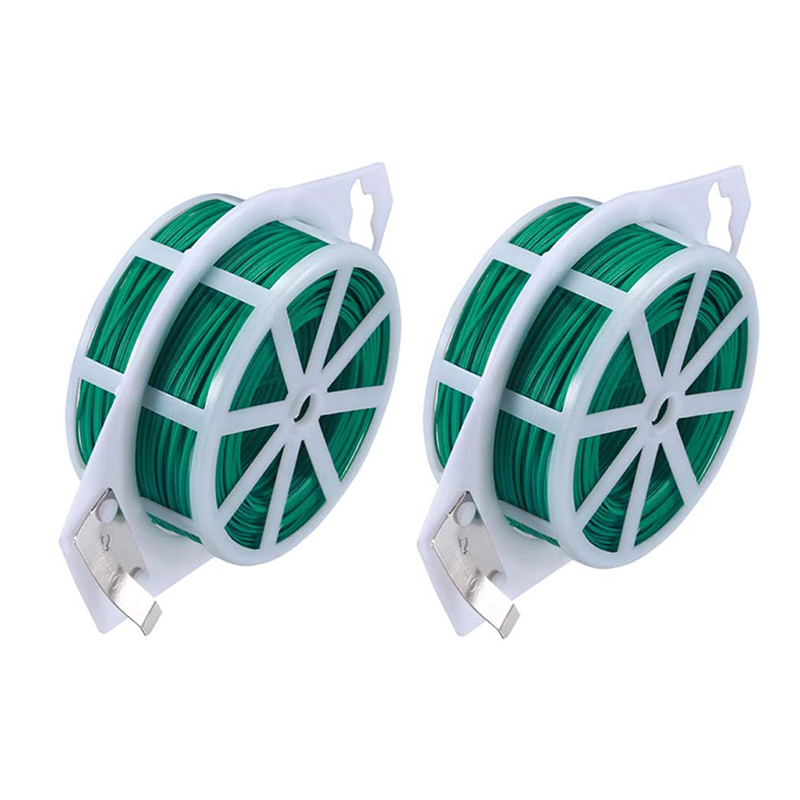
Garden Wire
Product information: The garden shingling is made of pvc plastic and high-quality galvanized iron wire, which is 3 to 4 times faster than any material, and the buckle is loose, the […]
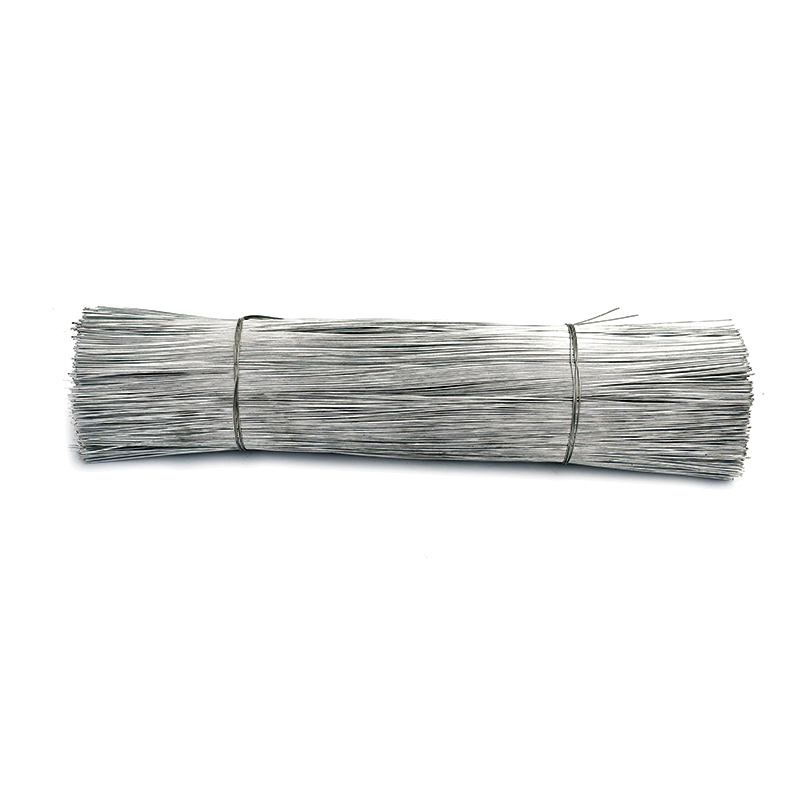
Cutting Wire
Product Description: Product Name Cutting Wire Zinc Coating 30-70g Place of Origin Chinese mainland Tensile Strength 33-50kg/mm2 Material Electro galvanizedHot dipped galvan […]
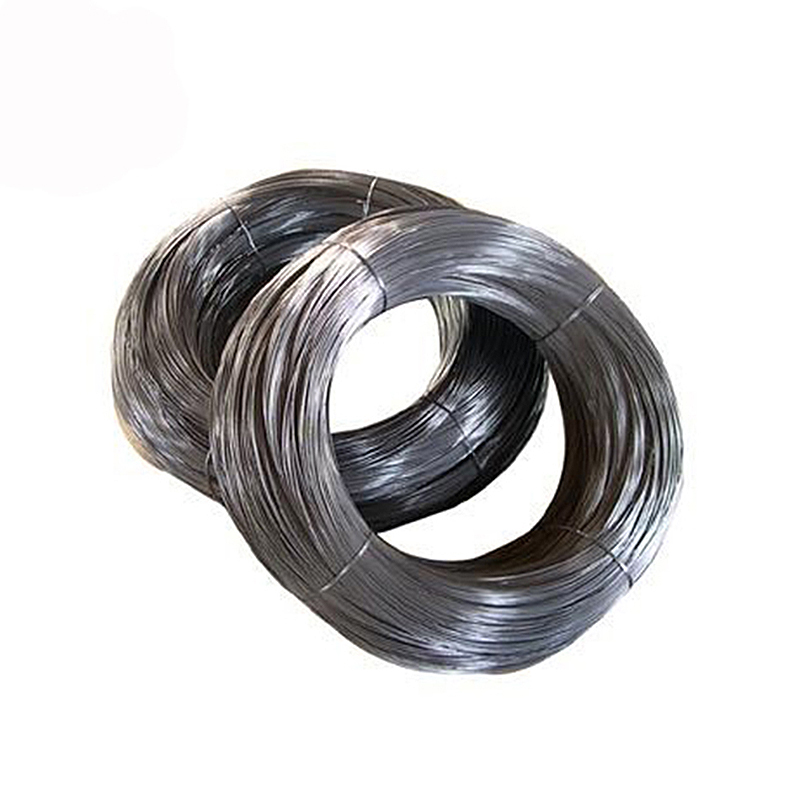
Galvanized Wire
Product information: Product Name Galvanized Wire Package 5kgs/roll, pp film inside and hassian cloth outside or pp woven bag outside 25kgs/roll, pp film inside and hassian […]

Black Annealed Wire
Product Description: Product name Black Annealed Wire MOQ: No Material Q195,Q235 Delivery time: 20days after payment Surface annealed or as your request Payment terms: T/T,L/C We […]
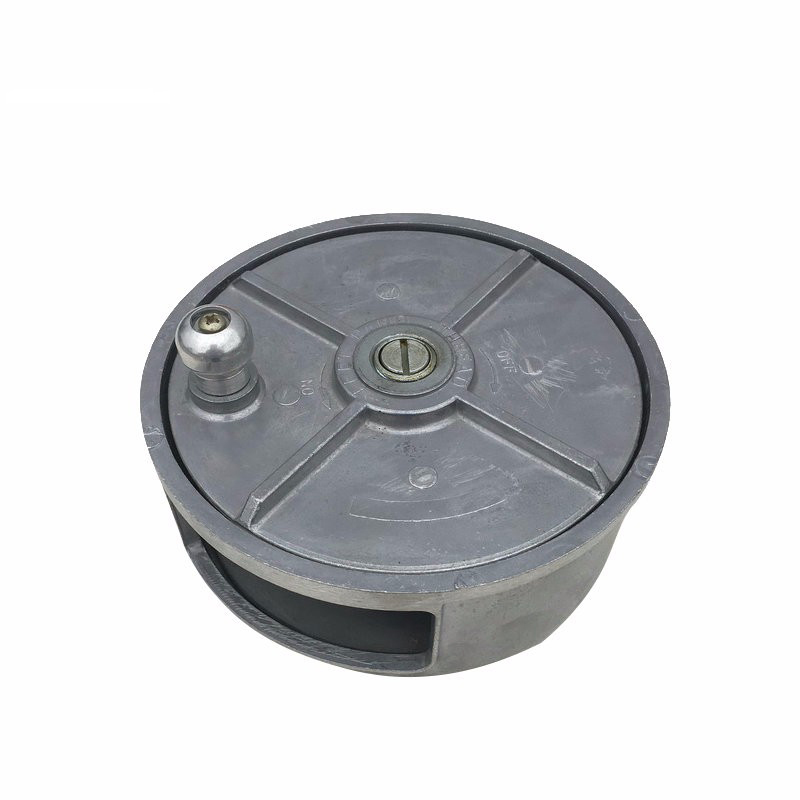
Reel Wire Tool
Product information: Specification of Aluminum Tie Wire Reel Material Plastic & Aluminum Weight 1.95LBS Application Binding Wire MOQ 1000pcs Sample Free Package 5PCS/CARTON &nb […]
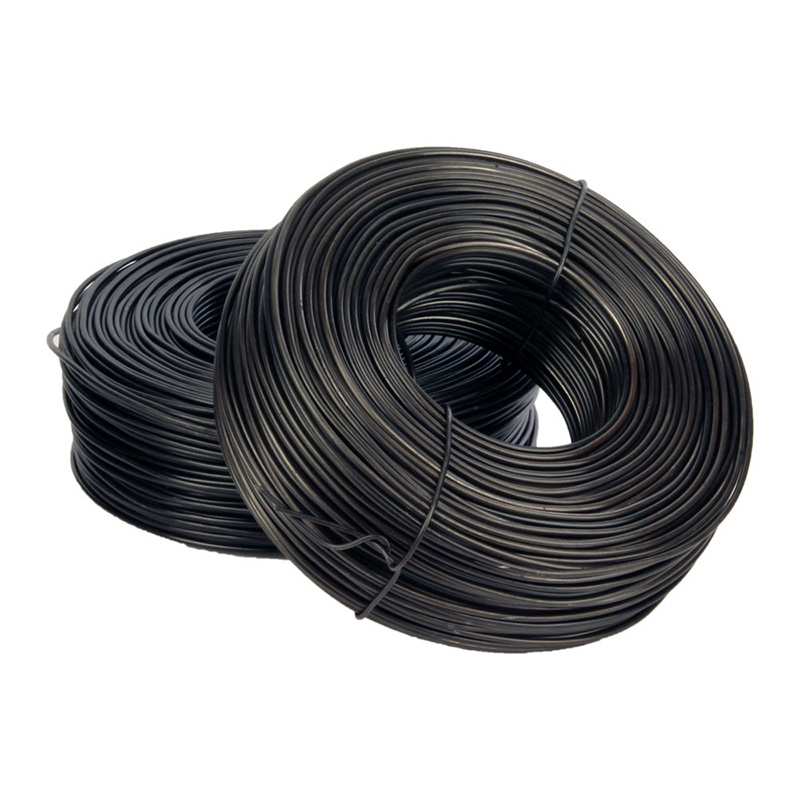
Tie Wire
Production Process of rebar tie wire : Steel rod coil — Wire Drawing — Wire Annealing–Rust Removing–Acid Washing– Boiling– Drying– Zinc Feeding– Wire Coiling. Wires Type 1.Galvaniz […]

Twister Tool
Handle Twister tool,plastic handle: Weight: 0.4kg Color: Black, blue,yellow ,red etc Material: Carbon Steel Plastic Handle Wire Tie / Tying Hook Tool Twister Wooden Handle […]
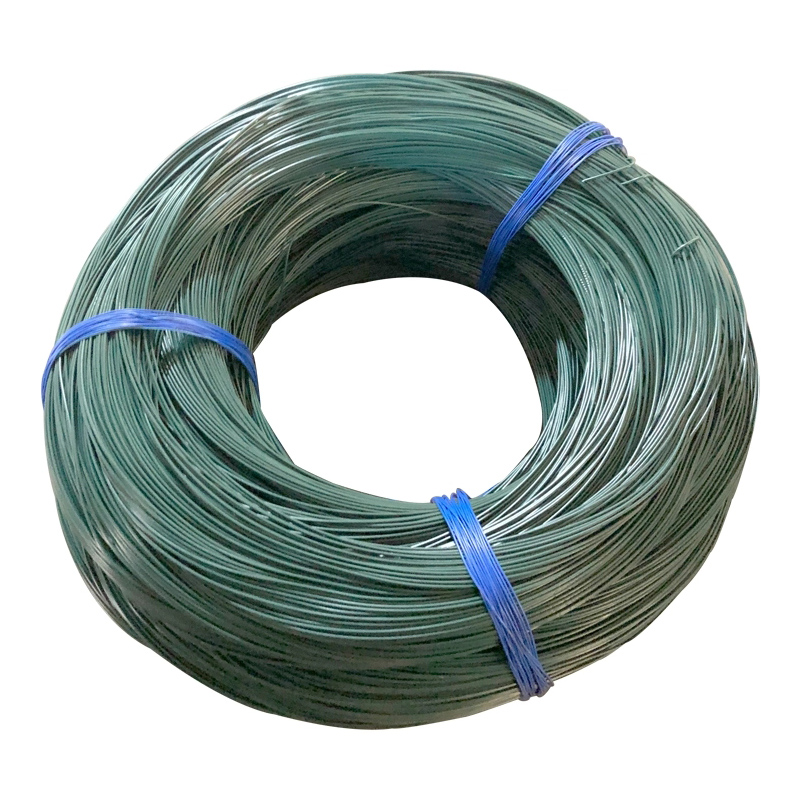
PVC Coated Wire
PVC coated wire, also called plastic coated wire, after high temperature dissolution cooled solid PVC particles uniformly wrapped in high-quality black iron wire and galvanized wi […]
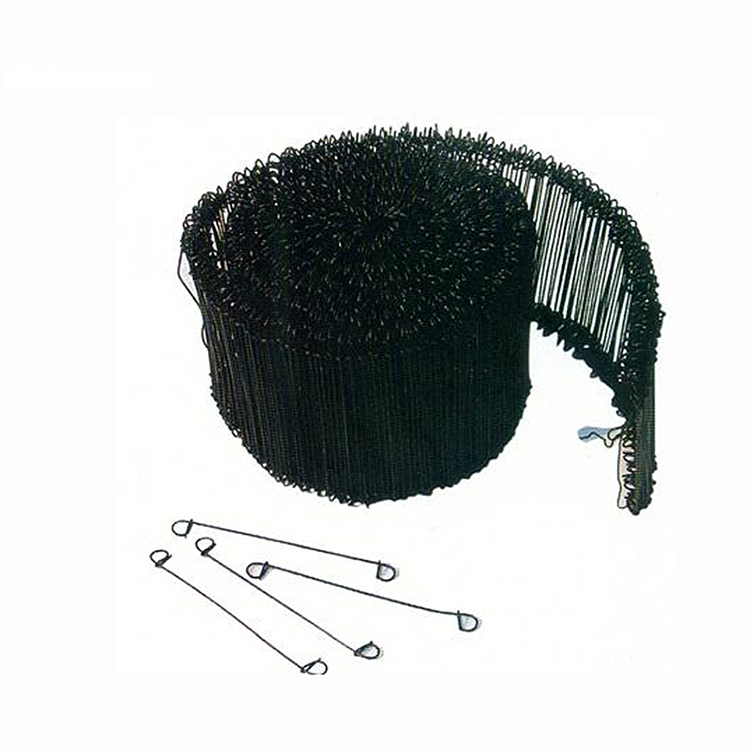
Double Loop Tie Wire
Double loop tie wire material Product Information: Wire diam. 0.5mm—2.0mm Finishes Black Annealed. Galvanized Annealed, Coppered, PVC coated, Stainless steel Wire gauge BWG6 […]
Post time: 2023-07-25
